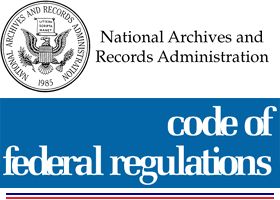By Sam Brunson
Trump signed his Promoting Free Speech and Religious Liberty executive order earlier today. The EO was expected to order the IRS to stop enforcing the so-called Johnson Amendment against religious organizations. As Ben explained, by its language, it may have done significantly less—it appears to merely reaffirm the status quo for enforcement. Whatever its substantive effects, though, the existence of the order is no surprise, and, as has happened with any number of Trump’s previous EOs, the ACLU Freedom From Religion Foundation has already announced that it will challenge the EO in court. [Update: the ACLU looked at the EO and agreed with Ben that there was nothing there, and decided not to sue. The FFRF, otoh, decided to sue. So it’s the FFRF that will face these procedural hurdles before it has to face the substantive (or rather, lack of substance) ones.]
Leaving aside the question of whether this EO actually does anything substantive, it’s worth remembering that any judicial challenge to the executive order faces two significant hurdles: standing and administrative discretion.[fn1] It’s also possible that the Trump administration inadvertently made those hurdles easier to pass. Continue reading “About the ACLU’s [Update: FFRF’s] Challenge to the Promoting Free Speech and Religious Liberty EO”


 By Sam Brunson
By Sam Brunson